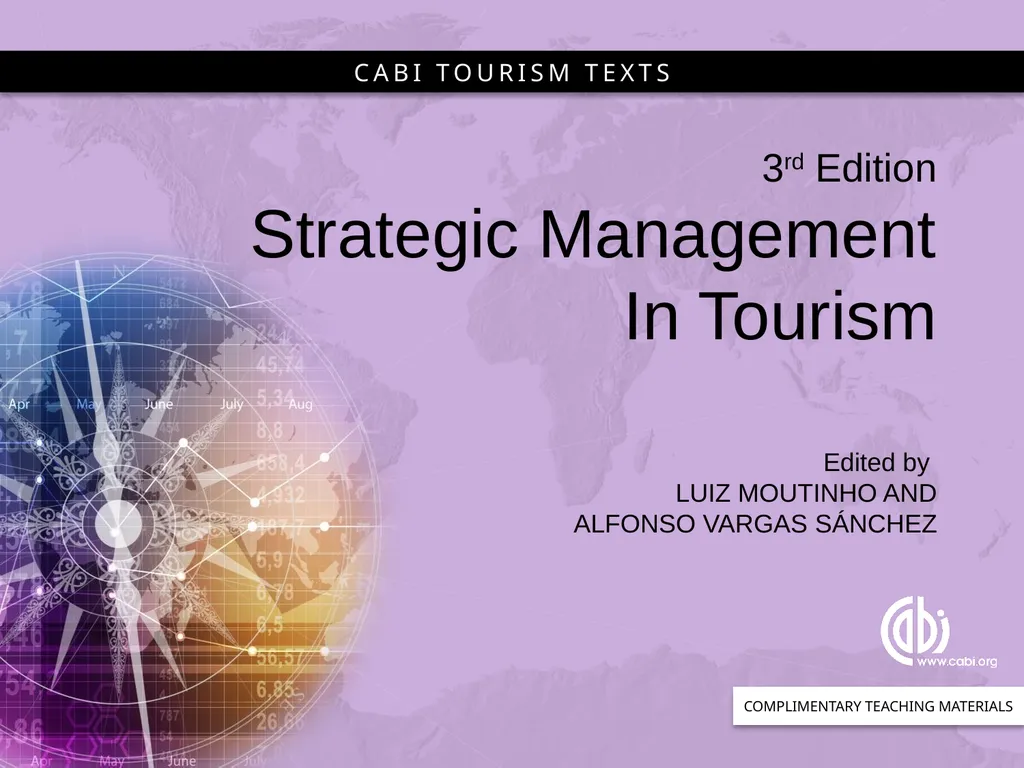
3rd Edition Strategic Management In Tourism Edited
Author: karlyn-bohler | Published: 2025-05-28
Description: 3rd Edition Strategic Management In Tourism Edited by LUIZ MOUTINHO AND ALFONSO VARGAS SÁNCHEZ COMPLIMENTARY TEACHING MATERIALS CABI TOURISM TEXTS CHAPTER 4 CABI TOURISM TEXTS TOURISM DEMAND MODELLING AND FORECASTING S.F. WITT, L. MOUTINHO,
Download Presentation
Download the PPT/PDF: Download
Transcript:
Loading transcript�